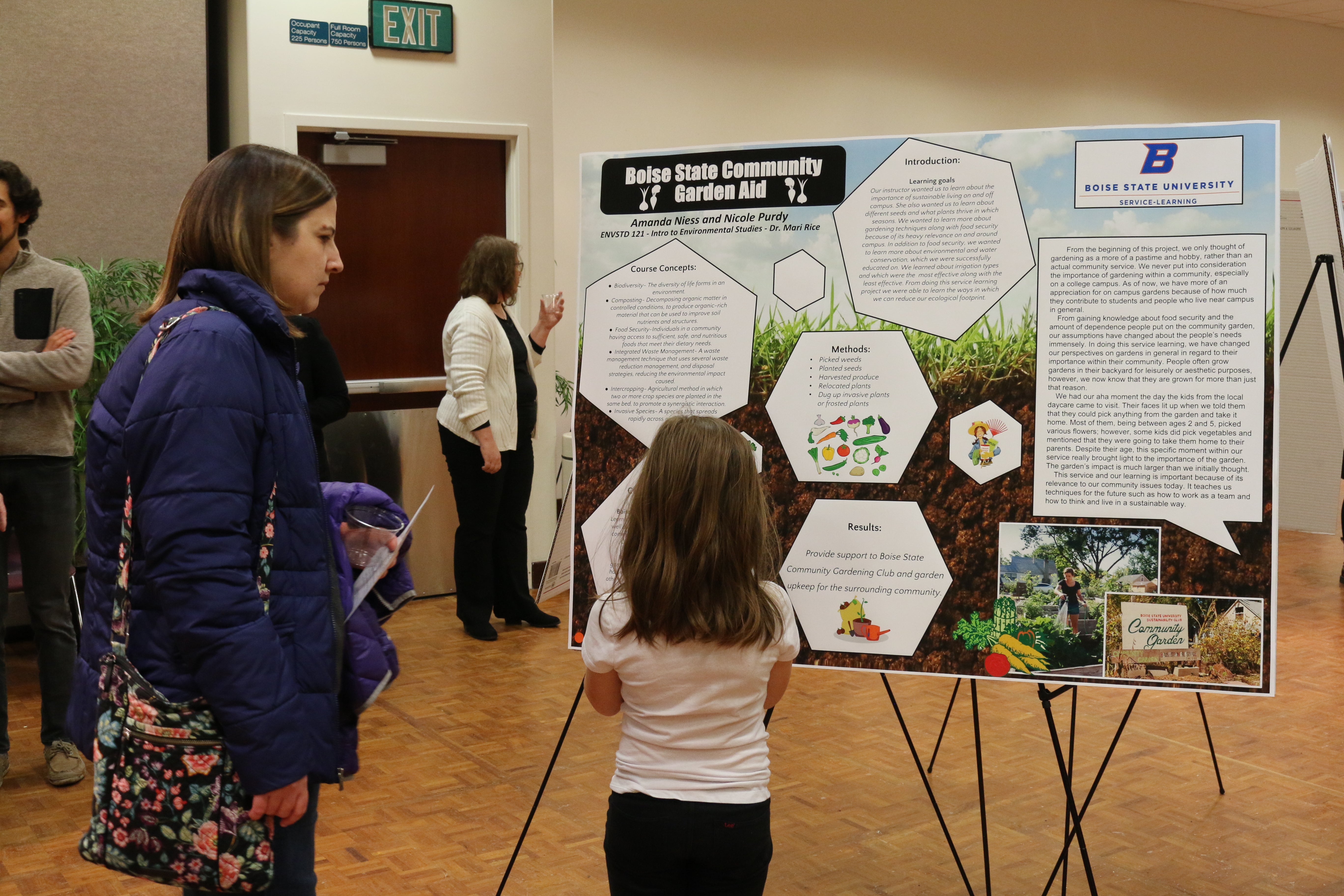Are you interested in involving your students in Scholarship of Teaching and Learning (SoTL) projects? Do you want to know how SoTL can benefit your students? Do you need support on how to start a SoTL project?
In March and April 2022, the CTL offered workshops facilitated by Dr. Michal Temkin Martinez (Linguistics) and Dr. Krishna Pakala (Mechanical & Biomedical Engineering), where faculty explored different levels of engaging with students in their SoTL projects. Participants were introduced to some practical ways to engage students in research projects at different levels of engagement. Workshop facilitators also helped match workshop participants with campus resources that support student research.
What is SoTL?
SoTL is the intersection of research and teaching that allows faculty to “bring a scholarly lens—the curiosity, the inquiry, the rigor, the disciplinary variety—to what happens in the classroom” (Chick, n.d.). Importantly, like other forms of scholarly work, being a SoTL scholar involves the dissemination (publication and presentation) of results from interventions used to resolve issues that arise in student learning. Ernest Boyer’s Scholarship Reconsidered (1990), defines four functions of the academe as scholarly, including the scholarship of teaching. The other types of scholarship according to the Boyer’s Model are those of discovery, integration, and application.
Evidence-based research in our classes
Most faculty already engage in scholarly teaching (e.g. read others’ work, attend CTL workshops) as we think critically about issues that arise in our classrooms. How can we take it to the next level? What are ways to conduct evidence-based research in our classes?
Felten (2013) sites five principles of good practice in SoTL:
- Inquiry focused on student learning
- Grounded in context
- Methodologically sound
- Conducted in partnership with students
- Appropriately public
Disciplinary variations in the recognition of SoTL
The Scholarship of Teaching and Learning is not yet recognized as a scholarly endeavor in all academic disciplines equally. Some disciplines, like Engineering, have more advanced appreciation for this work, as evidenced by the presence of graduate programs specializing in Engineering Education at both the doctoral and master’s level. Various divisions of the National Science Foundation (NSF) also heavily invest in engineering education research both in undergraduate and graduate education. Other disciplines are fairly new to identifying SoTL as a scholarly endeavor. In linguistics, articles and presentations in SoTL have only been added to disciplinary discussions in the last decade – the Linguistic Society of America (LSA) has a Teaching Linguistics of the flagship journal called Language which was founded in 2012, and an abstract category for this type of work was added to the LSA’s annual meeting in 2017.
Making SoTL student-centered
How can we make our SoTL work student-centered? Students can benefit from SoTL work as participants, collaborators, and researchers themselves. Students can be research participants when we look at assessments/evaluations (grades on assignments or exams) to determine if a particular pedagogical intervention actually worked. Other ways to collect data from students as participants is by interviewing them about their learning experience and having them reflect on their learning. In a collaborative role, students can assist with different aspects of the project: literature review, data collection, and analysis. When collaborating with students, it’s important to consider mentoring them in their role as co-author publications or co-present at professional conferences. Finally, as with other scholarly work, students can initiate their own study on learning, which creates opportunities for faculty to mentor students as independent researchers.
Benefits of student-centered SoTL
Both students and faculty can benefit from student-centered SoTL research. Students are able to learn about the research enterprise and develop a sense of belonging that may lead to higher persistence. Being involved in a research project also helps train students in project and research methods, keeping in mind that their work is aligned with their future professional goals. As a faculty member, collaborating with students provides an opportunity to work more closely with students, seeing impact of research with more immediacy, and working with students long term in a mentorship role.
Some important questions to consider
When considering ways to involve students in SoTL work, it may be a good idea to think about the following questions:
- What is a gap or issue that you would like to study using a SoTL project?
- What interventions can be used to address this learning challenge?
- At what level will you incorporate student voices into your SoTL work? (participants or collaborators)
Planning SoTL with students
If you are interested in starting a SoTL project involving students and want to brainstorm ideas, staff at the CTL may be able to help you. Please contact Devshikha Bose to set up a consultation.
Resources
A Guide to the Scholarship of Teaching and Learning
Scholarship of Teaching and Learning: Illustrations to Improve Student Performance (Video)
Examples of SoTL Projects (Video)
A Scholarly Approach to Teaching
References
Boyer, E. L. (1990). Scholarship reconsidered: Priorities of the professoriate. Princeton, N.J: Carnegie Foundation for the Advancement of Teaching.
Chick, N. (n.d.). Understanding SoTL. The Vanderbilt University Center for Teaching. Retrieved from https://my.vanderbilt.edu/sotl/understanding-sotl/
Felten, P. (2013). Principles of good practice in SoTL. Teaching & Learning Inquiry: The ISSOTL Journal, 1(1), 121-125. doi: 10.20343/teachlearninqu.1.1.121
Written By: Devshikha Bose, Michal Temkin Martinez, & Krishna Pakala
